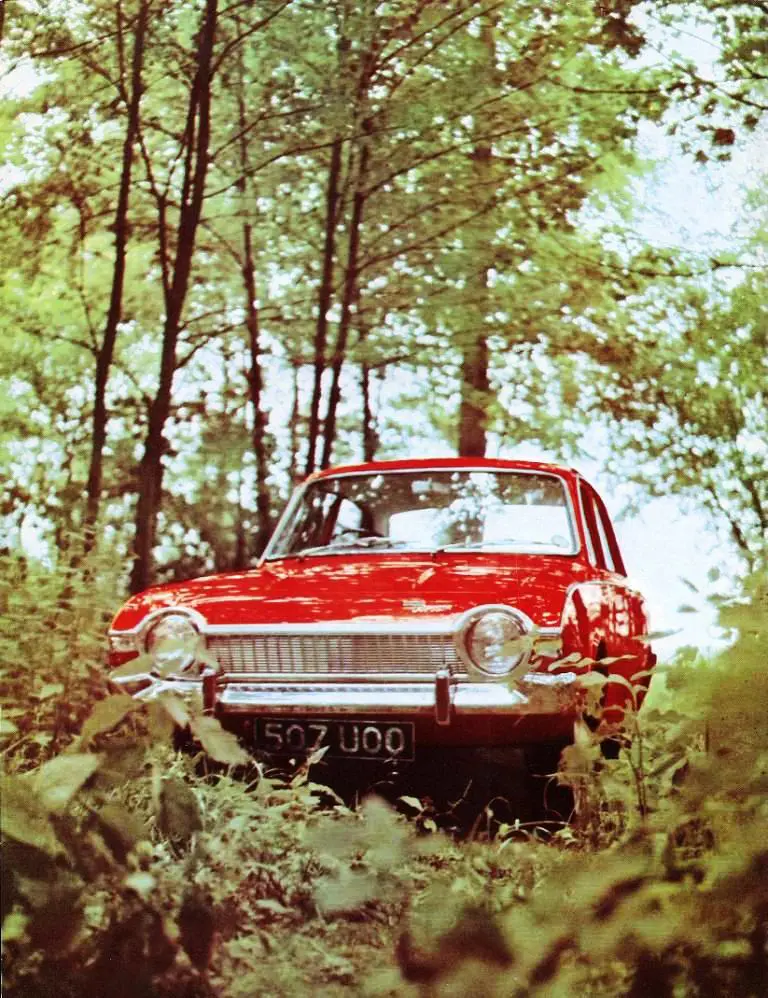THE FORD CORSAIR AT 60
27 November 2023
The year is 1963 and your recently gained managerial status demands a new car and Ford seem to have the ideal vehicle. You excitedly read an article by the famous publisher Jocelyn Stevens entitled “Corsair – with man in mind” which states “‘To me, But the man of today is sophisticated, cool, tough – and on the outside, casually elegant. James Bond with a touch of Peter O’Toole”. Well, that is clearly you to a tee, even if jealous colleagues say, “still wears a 1952 suit and regards a glass of Wincarnis Tonic Wine as decadent. Eric Sykes with a touch of Lionel Jeffries”. Therefore, the new Consul Corsair is your ideal car – one made “with care – and flair – by Ford of Britain”.
Even by the standards of 60 years ago, Ford GB’s launch publicity was hilariously overstated. “Corsair; once a brave adventurer of the high seas in an age as daring as our own”, while the “sculptured elegance and its superb unity of feel will always excite”. But Ford did not neglect the female drivers, for Samantha Eggar (‘currently starring with Dirk Bogarde in Doctor in Distress) presented the “feminine viewpoint”. “The interior – attractive yet functional - even in a tight evening dress I got in fairly comfortably” and, equally importantly, “you’d have to do a lot of shopping to fill that boot!”.

In reality the Consul Corsair (it would bear that prefix until 1964) was Ford’s latest entry in the ‘D’ class saloon category. It would appeal to the suburban ‘smart set’, compete with BMC, the Rootes Group and Vauxhall in the £721-£850 price category and bridge the gap between the Consul Cortina and the Zephyr 4 Mk. III. It would also replace the Consul Classic, which had never lived up to Ford’s sales expectations. Work began on ‘Project Buccaneer’ in the early 1960s, and the company apparently undertook a two-year pan-European customer survey.
Terence Beckett, then the Head of Product Planning, saw the Corsair as “an extension of the Cortina formula”. As a result, it used as many existing Cortona parts as possible, including door frames, windscreen, and windows. Power was from the Cortina Super’s 1.5-litre Kent engine, and the suspension was from the Cortina GT. Ford lengthened the floor pan by three inches to allow for more space for the back seat passengers while the styling resembled a 1961-63 Thunderbird. The launch took place at Halewood in October 1963 with Jim Clark pouring champagne over the inaugural Corsair.
The initial range consisted of standard, De Luxe or GT trims, and a choice of four or two doors, although Ford intended the last-named mainly for export. The prices ranged from £653 1s 3d to £840 7s 1d and the De Luxe featured a twin sun visors, two-speed wipers, and windscreen washers. In other words, it had “All the luxury you want!” (at least according to Ford) while the US-style colour co-ordinated interior certainly gave the Corsair De Luxe showroom appeal.
As for the GT, it featured “bucket front seats for body-hugging support”, an ammeter an oil pressure gauge, a tachometer atop of the steering column and a remote control gear lever instead of the four-on-the-column of the cheaper versions. Autocar thought the Consul Corsair GT could “capture the imaginations of many who would normally never aspire to being anything but staid family motorists”.
Perhaps that was one of the Corsair’s main attractions – it looked aspirational. Any motorist visiting the 1963 London Motor Show whose budget would not extend to the latest Triumph 2000 might still be able to buy the Ford that was “specially designed to match the pace of modern living”. Dagenham even commissioned two sales films to appeal to female and male buyers the former detailing a realm of glamour
and the latter with Mr. Clark taking a four-door De Luxe through its paces -
And both Corsairs with “flair to captivate the whole world!”.
